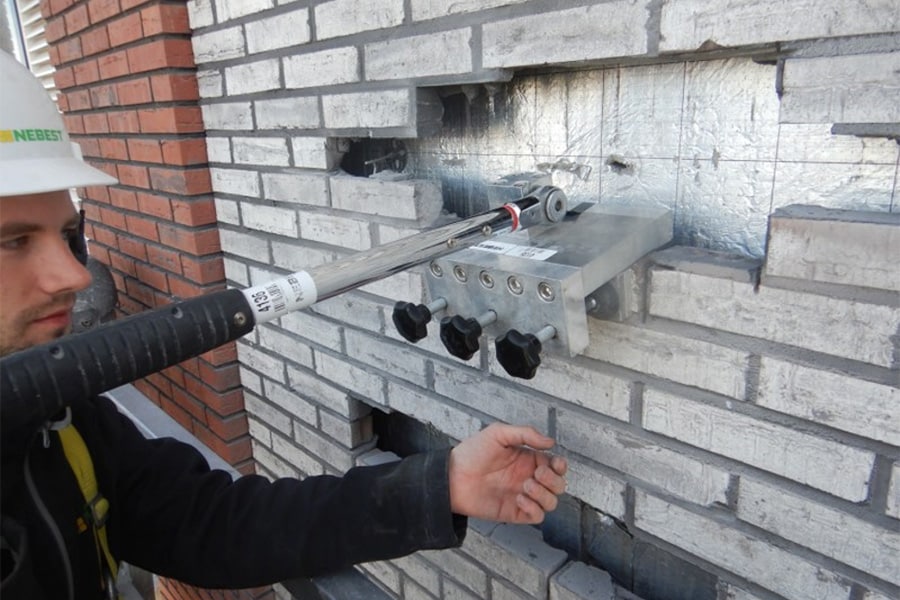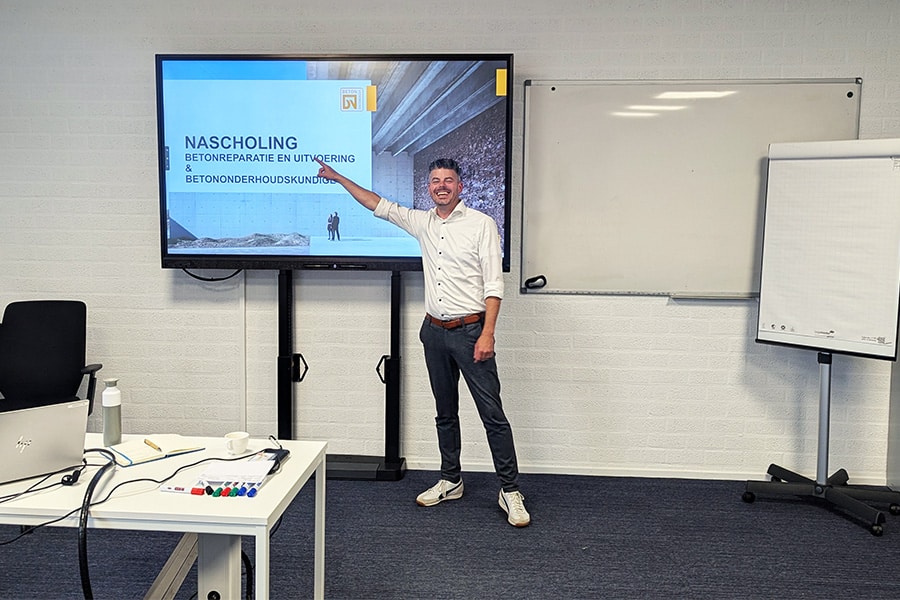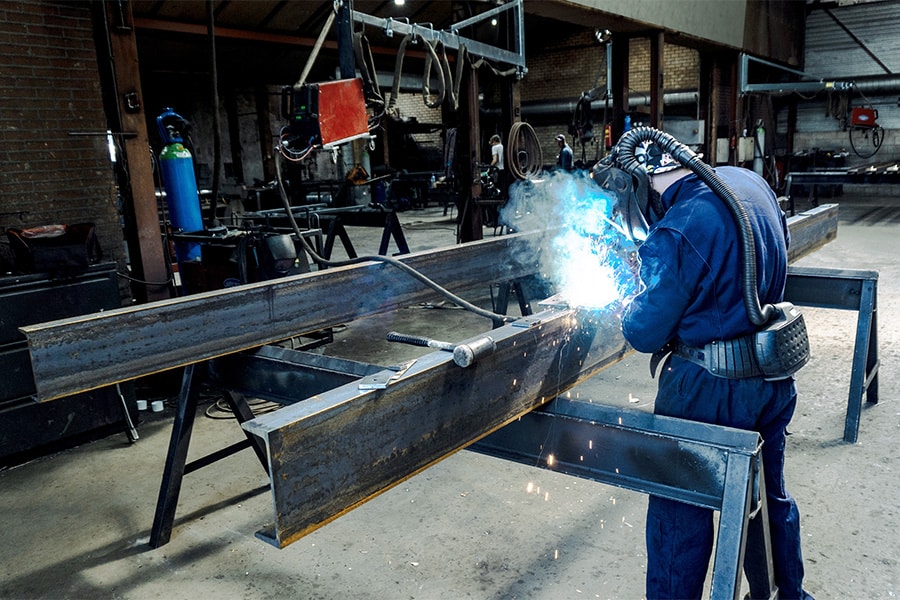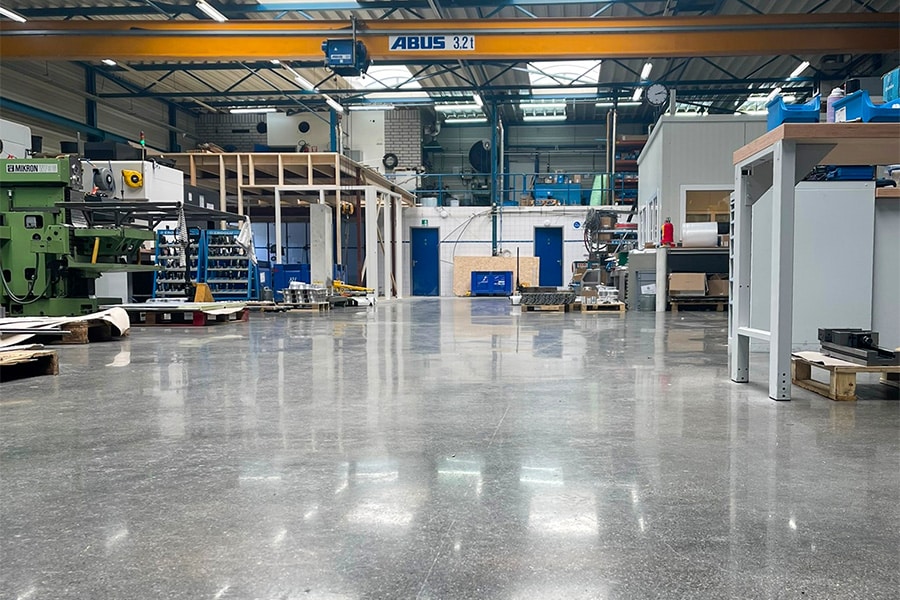
Province of North Holland deliberately chooses concrete innovation
Bicycle bridges in 3D-printed concrete
Since Design&Construct contracts, the market can determine how and from what materials new works of art are made. Clients can then fairly compare design, construction, maintenance and price. But in the province of North Holland, another factor plays a role. This province wants to create opportunities for innovation, so new bicycle bridges are now being built in 3D-printed concrete.
'We get new opportunities in concrete design'
The construction of four bicycle bridges is part of the redesign of the provincial road N243 in Alkmaar and the Beemster. In order to select the best design for the bicycle bridges, the province of North Holland chooses to establish the new bicycle bridges as an independent project. This is encouraged by the provincial policy of giving innovation a chance. "Because of this, the scales tipped toward the use of 3D-printed concrete," says Jean de Nijs, project manager N243 of the province of North Holland. "3D-printed concrete offers many advantages at the outset, but certainly also in the long term."
Direct benefits
For example, when it comes to environmental impact, the province of North Holland expects that printed concrete will require less material because the concrete will be printed in the exact right shape. Moreover, it eliminates the need for formwork. The Life Cycle Analysis currently being conducted should show how sustainable the printed bridges are. For example, the advantage over wood is that the life cycle of wood is too short. Furthermore, during its lifetime, steel is not as maintenance-friendly as concrete.
Benefits over time
But De Nijs sees even more advantages once we become familiar with 3D-printed concrete. "Applications and permit processes can then be completed easier and faster. For example, 3D concrete print bridges are designed via a parametric model. The advantage of this is that engineering issues are solved immediately during design. Using parameters such as length and width, shape and strength, among others, are determined. When these mathematical models are certified in the future, the permitting authority can issue a building permit much more easily. This will be much faster than the process that initiators have to go through now, not to mention the savings in man-hours."
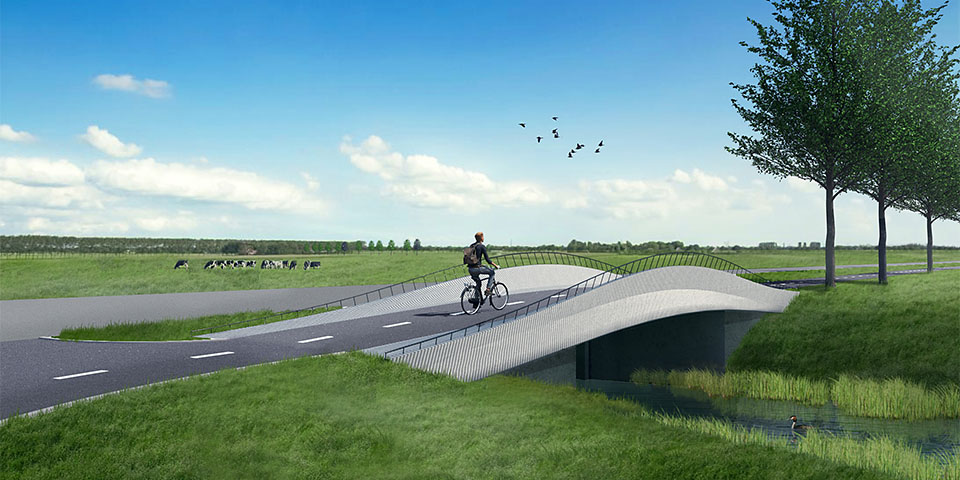
The four bicycle bridges are part of the N243 realignment plan.
Widely applicable
3D-printed concrete is now being used for the construction of a bicycle bridge, but De Nijs sees a wide use for the material. "The production method offers a freedom of form that we didn't have before," he says. "We get new possibilities in concrete design and shape, color and structure. We can use the concrete for residential and commercial construction and structures with high aesthetic value. Just think of undulations, color gradients and new structures."
In full development
On the other hand, De Nijs realizes that the use of 3D-printed concrete is still developing. "The construction of the bicycle bridge in Gemert with 3D-printed concrete was innovative. The segments of the bridge, which was constructed in layers, were linked together. Then prestressing cables were pulled through them. By tightening these cables, the segments form one bridge. But there is always room for more innovation. For example, the quality of the concrete can still go up, which in turn leads to less material. The end of this adventure is still a long way off."
Many structures in the county are or have been constructed in concrete. "It would be logical to continue this trend. The fact that we are now choosing concrete again has not only to do with the building material, but with the combination of advantages of the building material as well as innovative market players."
Concrete House
Betonhuis believes in the good properties and functionalities of concrete, the sustainable building material of the past, present and future. By sharing knowledge, Betonhuis responds to current themes such as circular economy, climate adaptation, energy transition and sustainable construction. Contact one of the member companies via betonhuis.nl.
